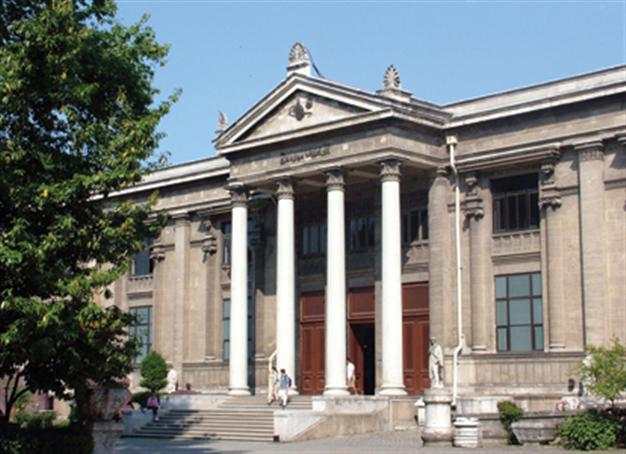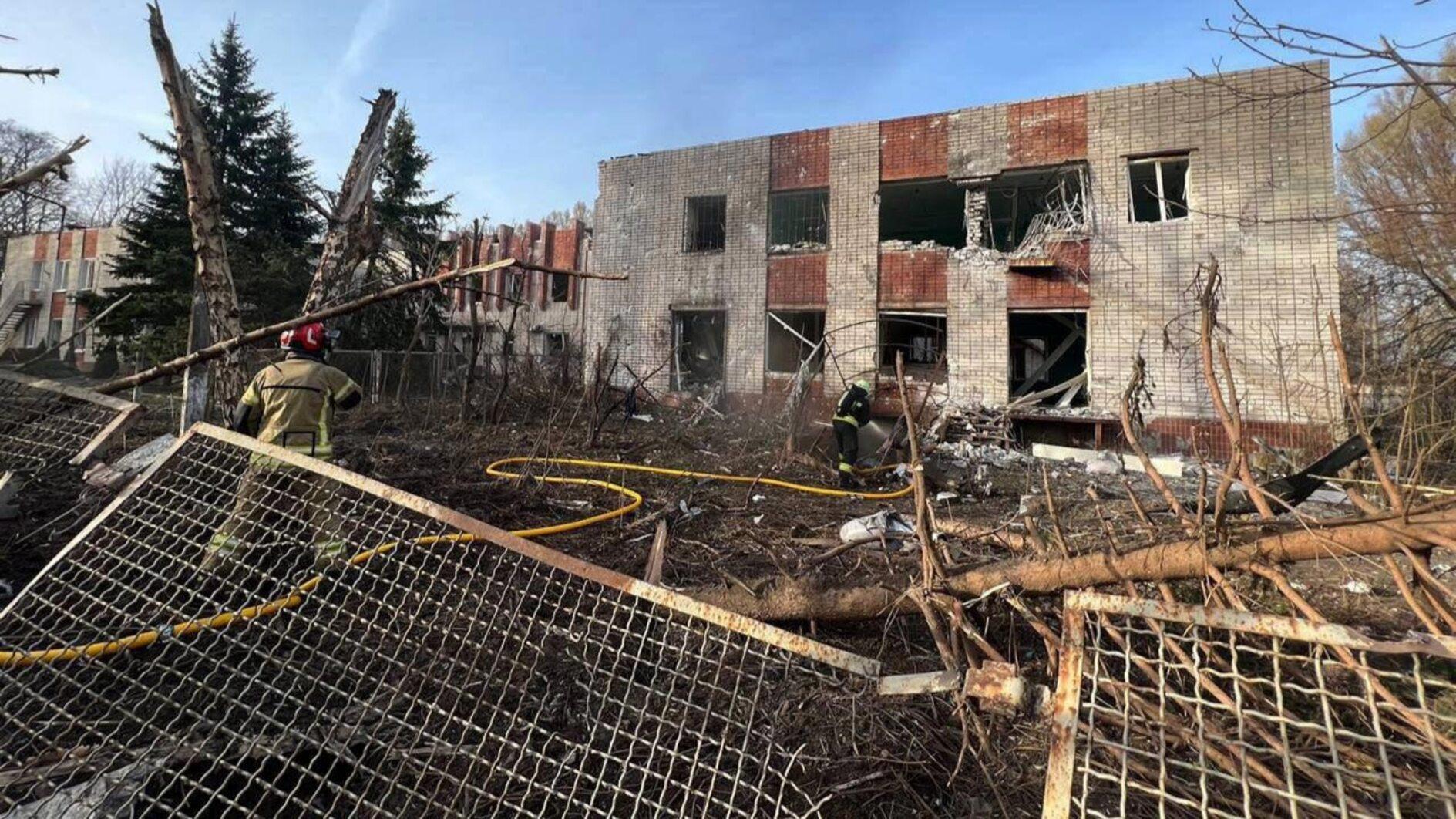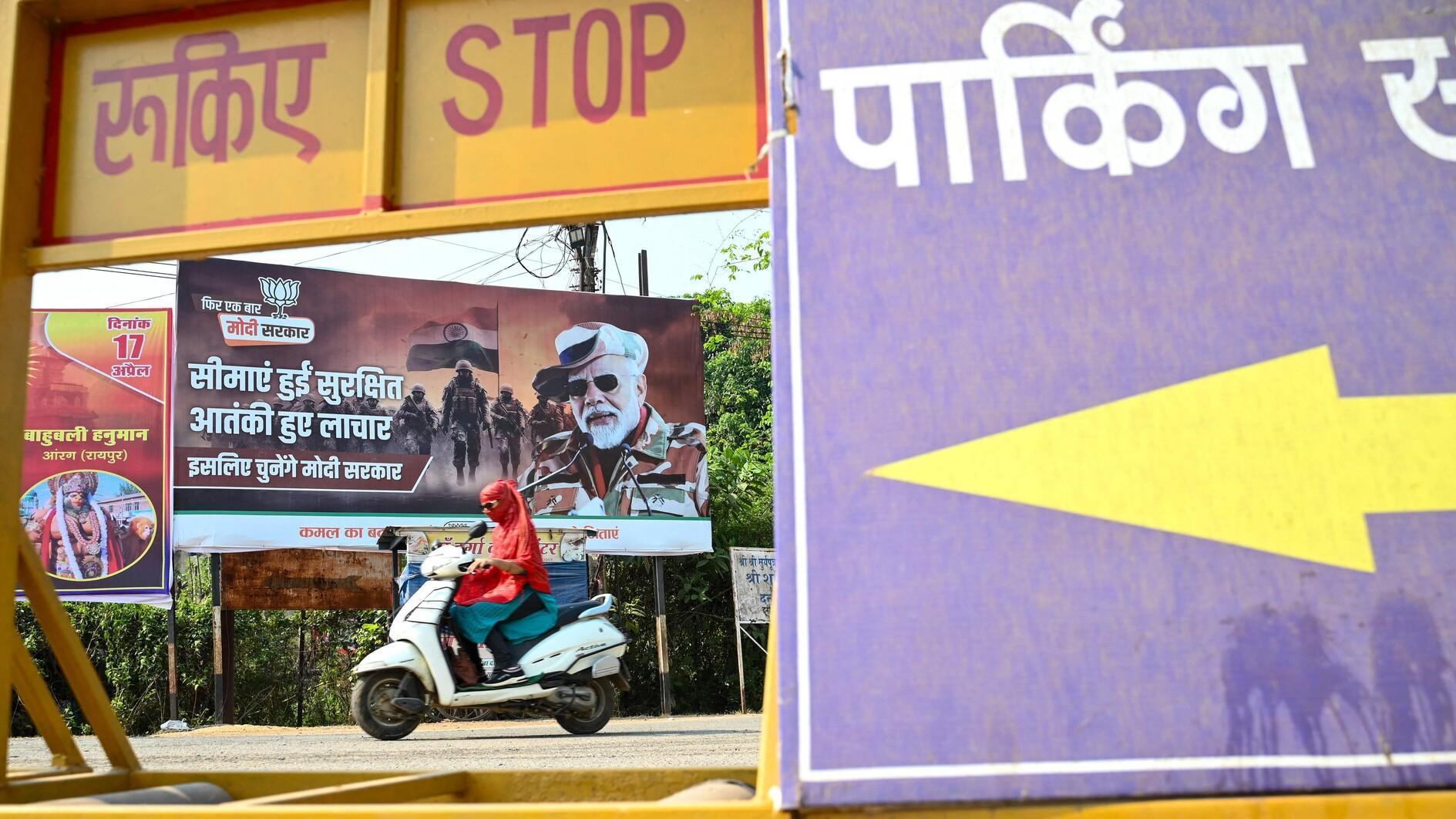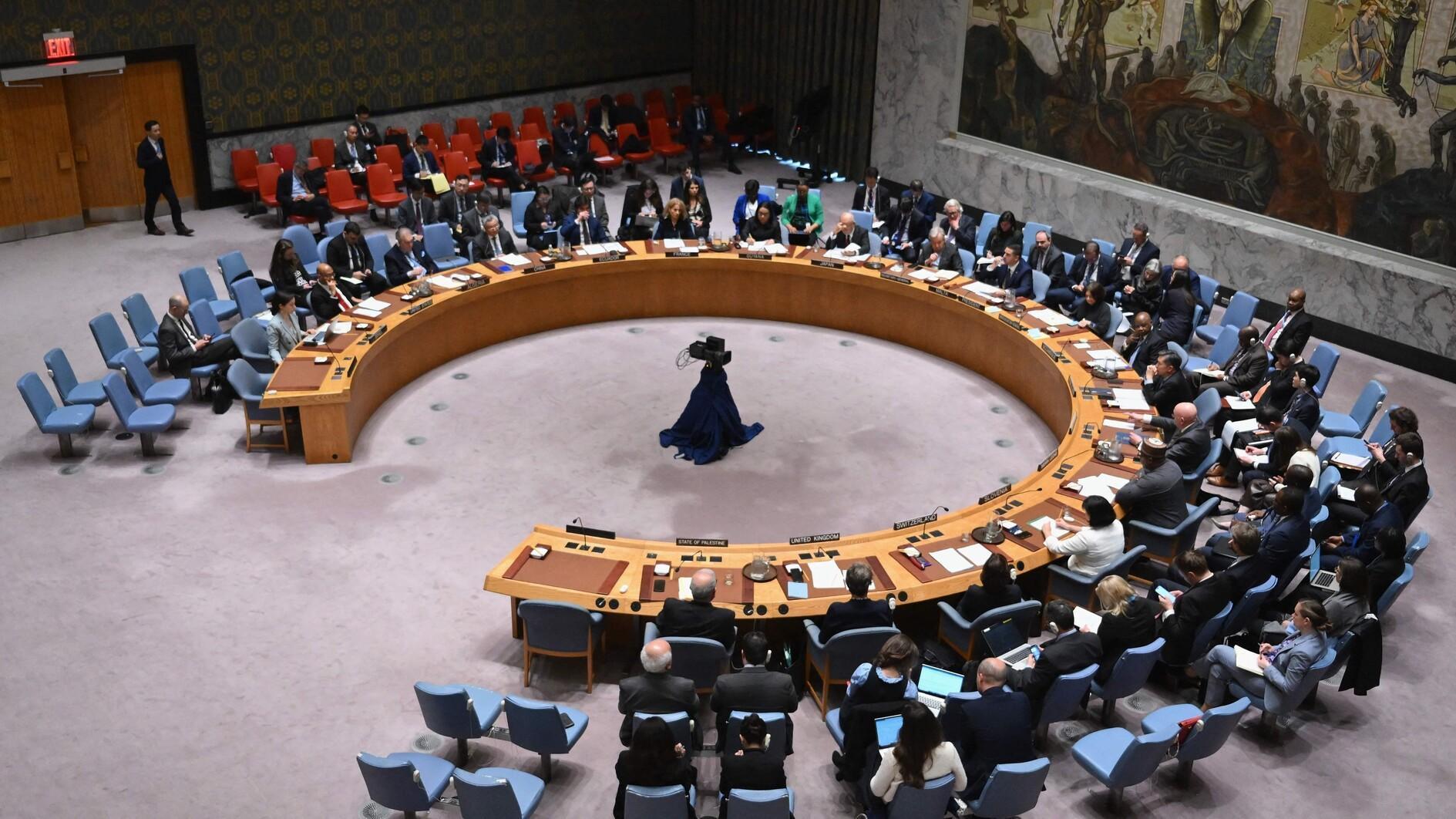Istanbul Archaeology Museums prepare for a possible earthquake
ISTANBUL - Anatolia News Agency

The Istanbul Archaeology Museums include the Archaeology Museum, the Ancient Orient Museum and the Tiled Kiosk Museum. Hürriyet photo
Officials at the Istanbul Archaeology Museums are continuing work to protect the facility’s cultural treasures in the event of a possible earthquake.
Maintenance and renovation works have continued in the museum since 1999 to reduce the damage of a possible earthquake occurring in the Marmara region, museum officials said in a recent statement to Anatolia news agency. The works in the main and additional buildings of the museum were started as part of the Istanbul Seismic Risk Mitigation and Emergency Preparedness Project (İSMEP).
However, because the measures taken by the museum would not be sufficient due to its meager resources, necessary arrangements and preparations are being conducted to protect display rooms and depots at the museum in collaboration with the Kandilli Observatory, the statement said.
The Istanbul Archaeology Museums, located in Sultanahmet, feature three different museums: the Archaeology Museum, the Ancient Orient Museum and the Tiled Kiosk Museum.
Most of the displaying areas in the main building were redesigned in 1991. Restoration and maintenance work was also carried out in the southern wing of the building in 2007.
Following studies carried out this year as part of the İSMEP project, work to reinforce, renovate and restore began at the museum.
Teams working in the Ancient Orient Museum have replaced the lighting windows with new, lighter ones and removed high, brick showcases, replacing them with shorter, iron ones. Also, because 1,200 artifacts are being displayed in showcases, there have been efforts to detach showcases previously fixed to the walls so that they can be removed in the event of an earthquake. In the Tiled Kiosk Museum, where 2,000 tile and ceramic artworks are on display, new showcases were designed during restoration work in 2004.
Constructed in 1881
Archaeologist and painter Osman Hamdi Bey began construction on the main and additional buildings of the museum in 1881. The museum opened to visitors in June 1891, although famous architect Alexandre Vallaury continued construction on the facility’s buildings until 1907. With a 9,000-square-meter closed area, the main building was not big enough for the arrival of new collections and a six-floor additional building was constructed between 1968 and 1980.
The Archaeological Museum displays sculptures from prehistoric and ancient times to the Roman era. The collection of the Tiled Kiosk Museum features roughly 2,000 artifacts belonging to the Selçuk and Ottoman eras; the Ancient Orient Museum, meanwhile, consists of artifacts from pre-Greek Anatolia and Mesopotamia and from pre-Islamic Egypt and the Arabian Peninsula. Most of the artifacts were found during archaeological excavations carried out between the late 19th century and World War I and then brought to Istanbul
















